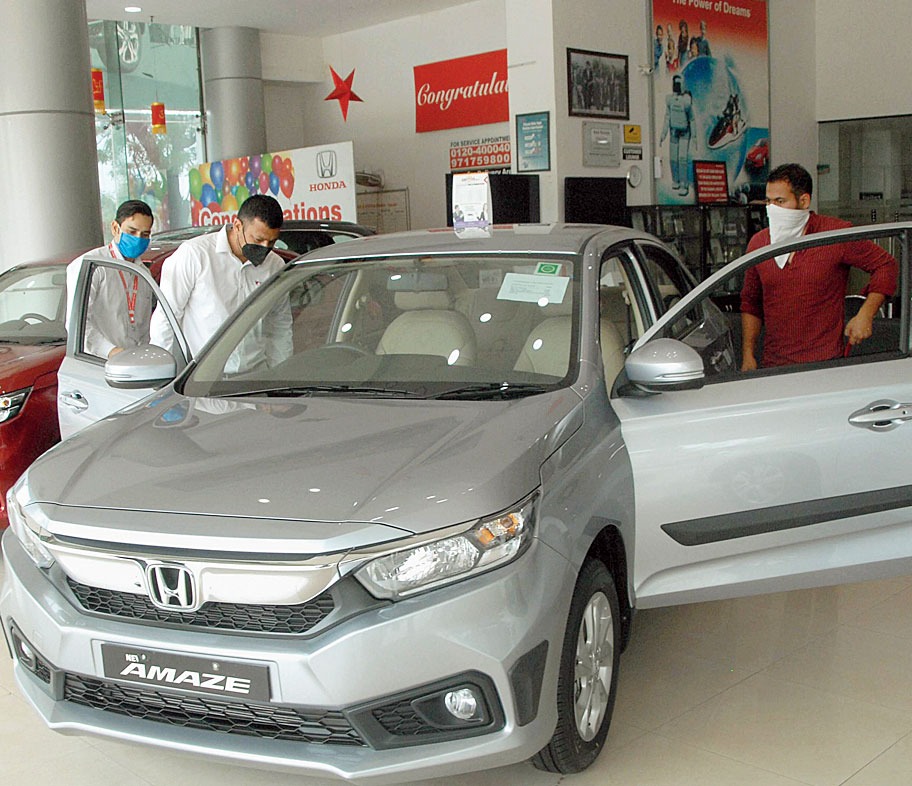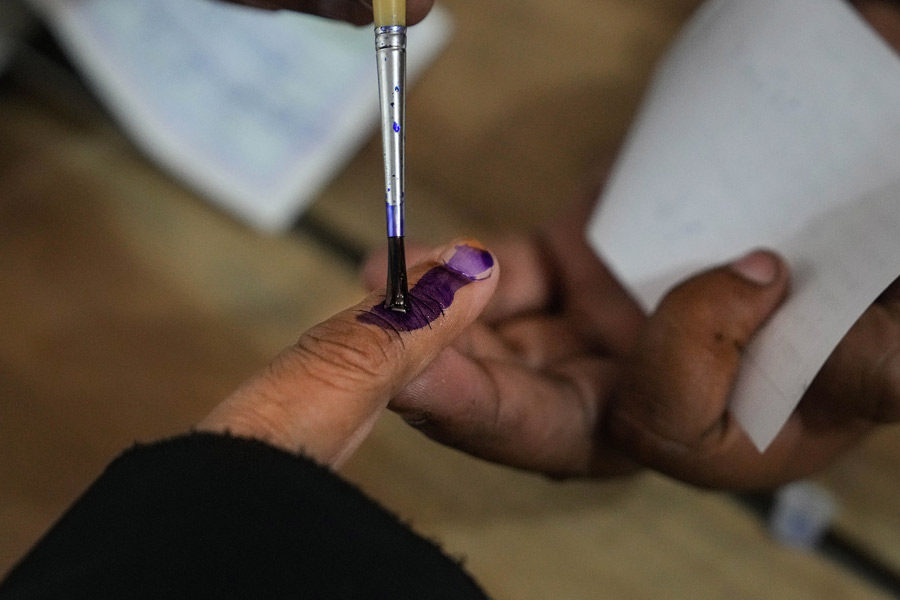The lockdown has raised the spectre of stagnant bank credit this fiscal.
Rating agency Crisil has forecast credit to grow just 0-1 per cent in 2020-21 against its earlier projection of 8-9 per cent.
Crisil sees pressure on credit both from borrowers and lenders — not only is there a lower appetite for capital expenditure and purchases of homes and cars but also banks have become risk averse. Bank credit had grown 6.14 per in the previous fiscal.
Bank credit is a signal for economic activity as it gives an indication of both investments in the country and consumption of high-value items. Crisil expects 5 per cent contraction in India’s GDP for 2020-21.
“The impact of the pandemic on credit growth will be a whopping 8 per cent,” a Crisil statement said stressing that lenders’ confidence needs to be boosted to push the number up.
“This crisis is unprecedented and so will be its economic fallout – such as lower capex demand as well as lower discretionary spends, to name some – which will slow down credit offtake significantly across segments in the current fiscal,” Crisil senior director Krishnan Sitaraman.
The low base and a gradual economic recovery will push the credit growth up to high single digits in 2021-22, the agency said. The uncertainty has made lenders risk-averse, Crisil said.
“While the RBI has been reducing policy rates and the government has introduced measures to encourage lending, banks continue to be risk averse, as reflected in higher surplus liquidity parked with the central bank and the high credit spreads for most borrowers,” Crisil director Subha Sri Narayanan said.
She said corporate loans, which make up over half of overall assets, will be the worst hit and are expected to show negative growth.










